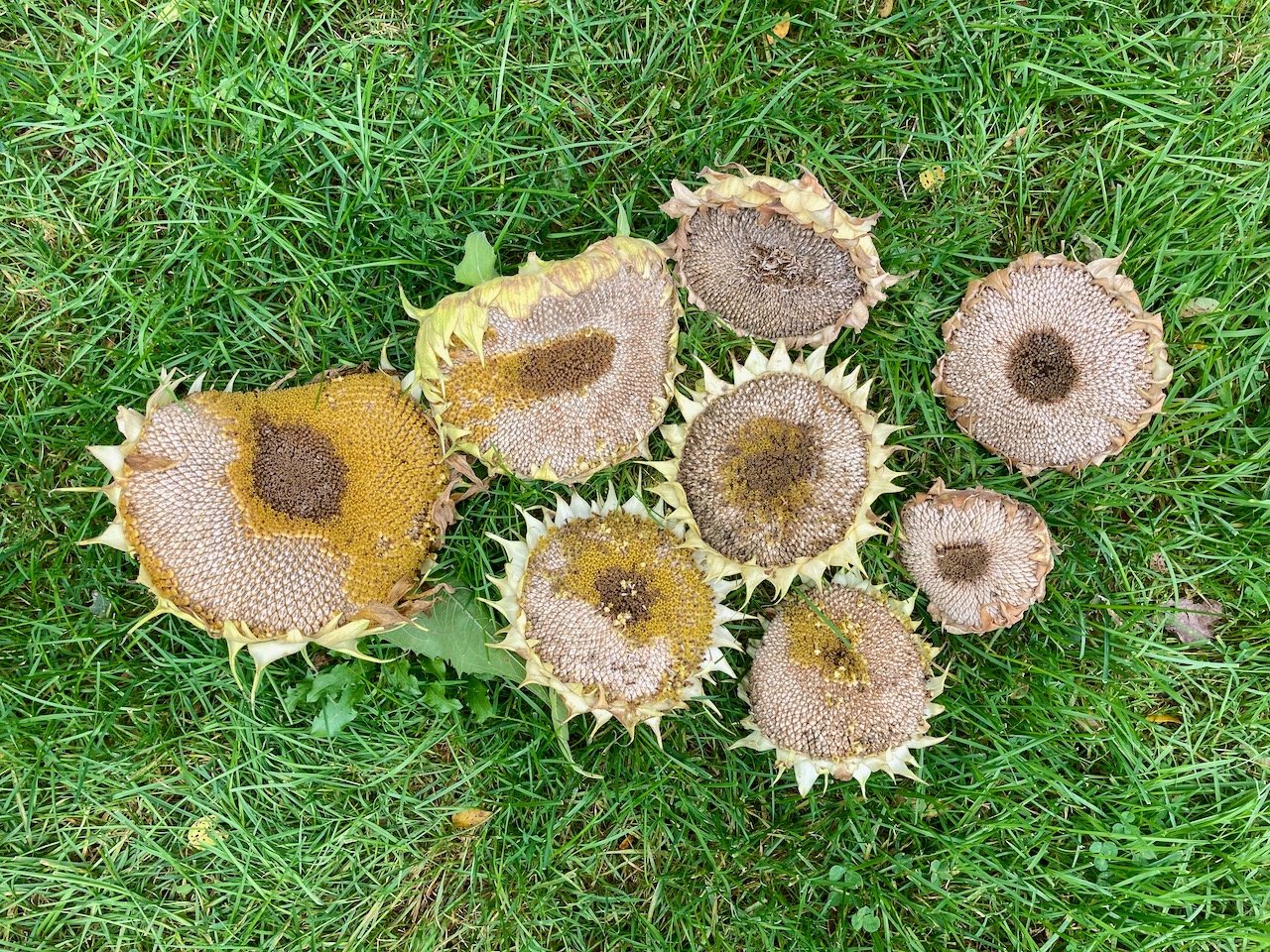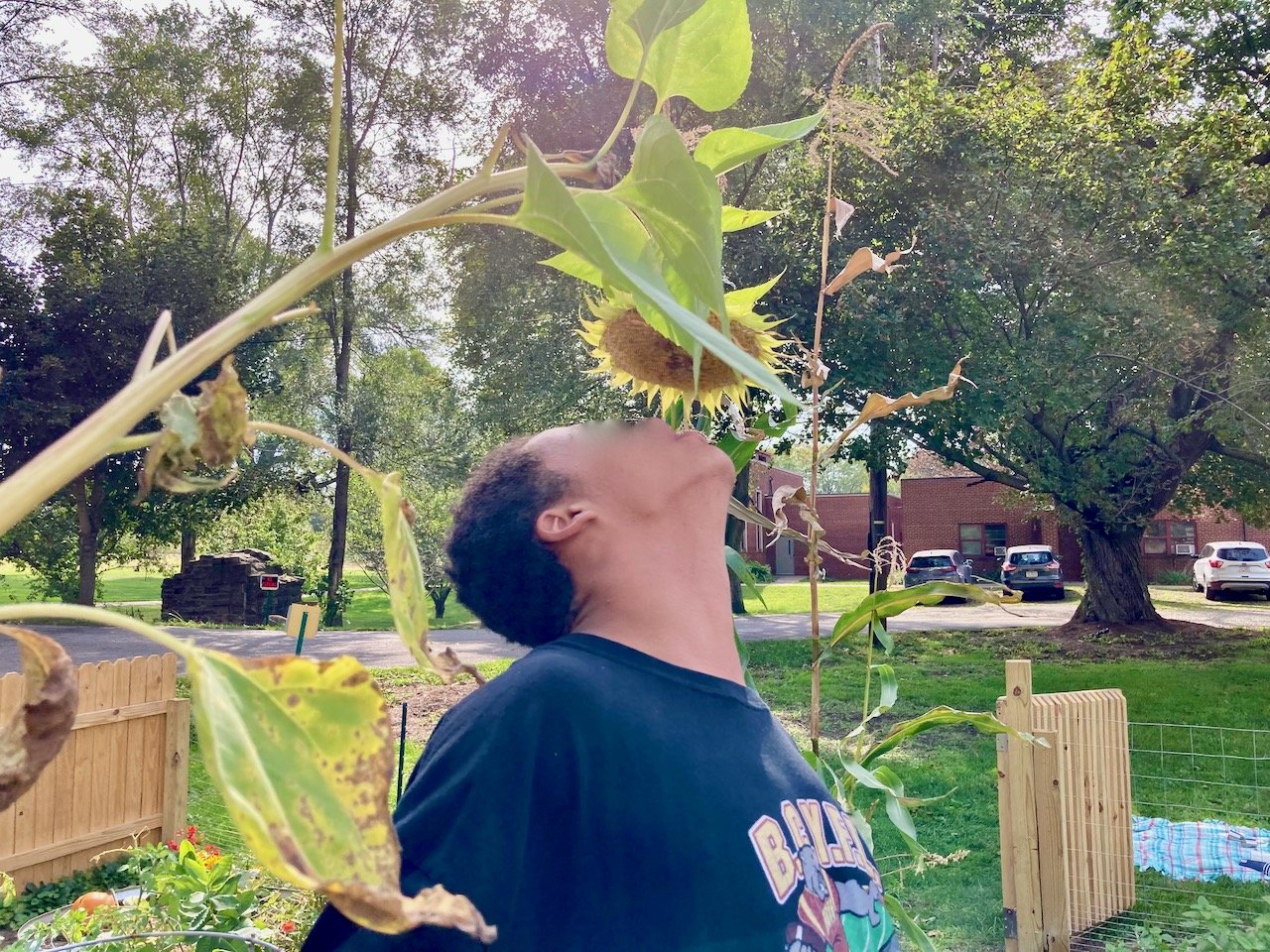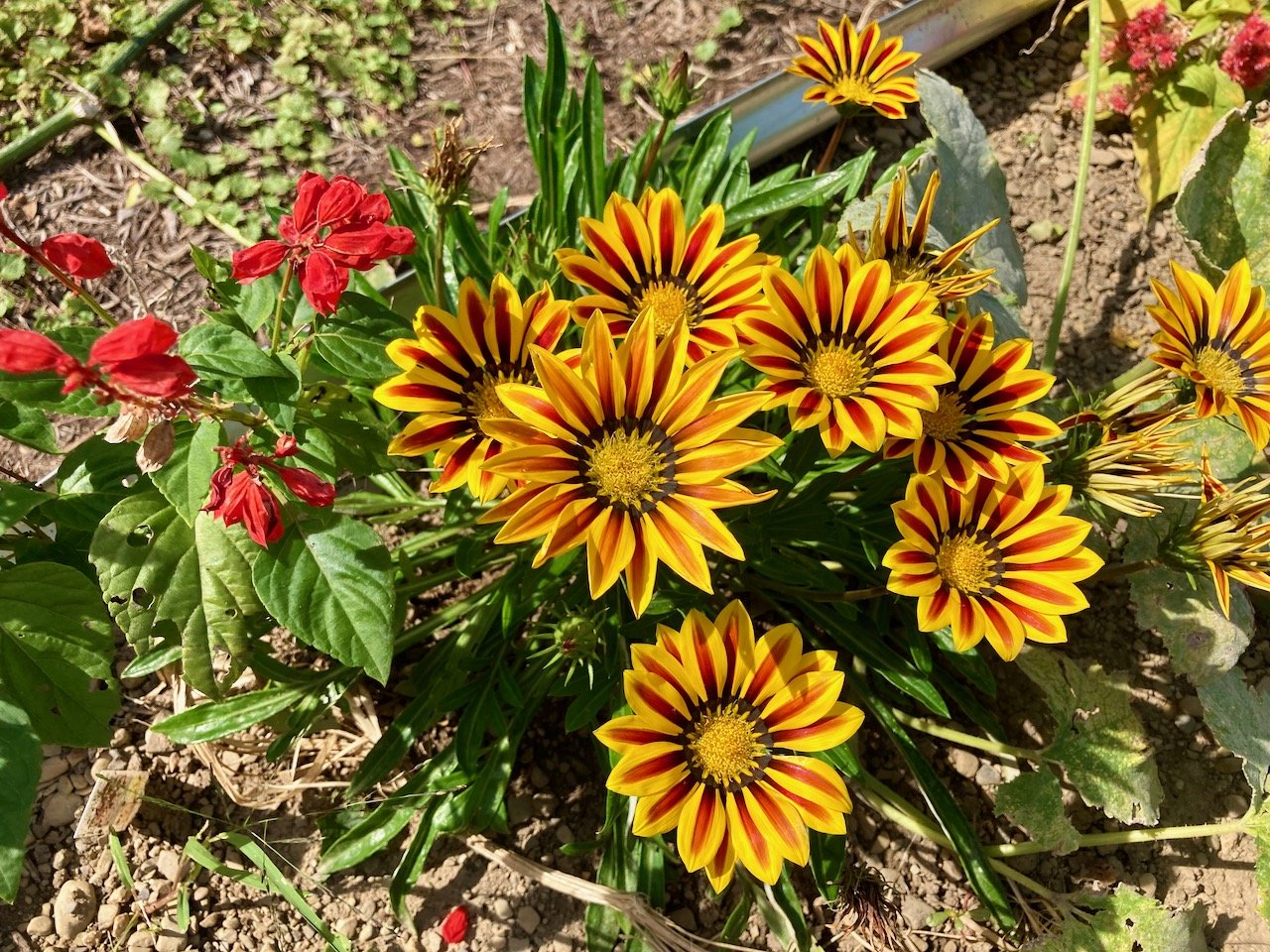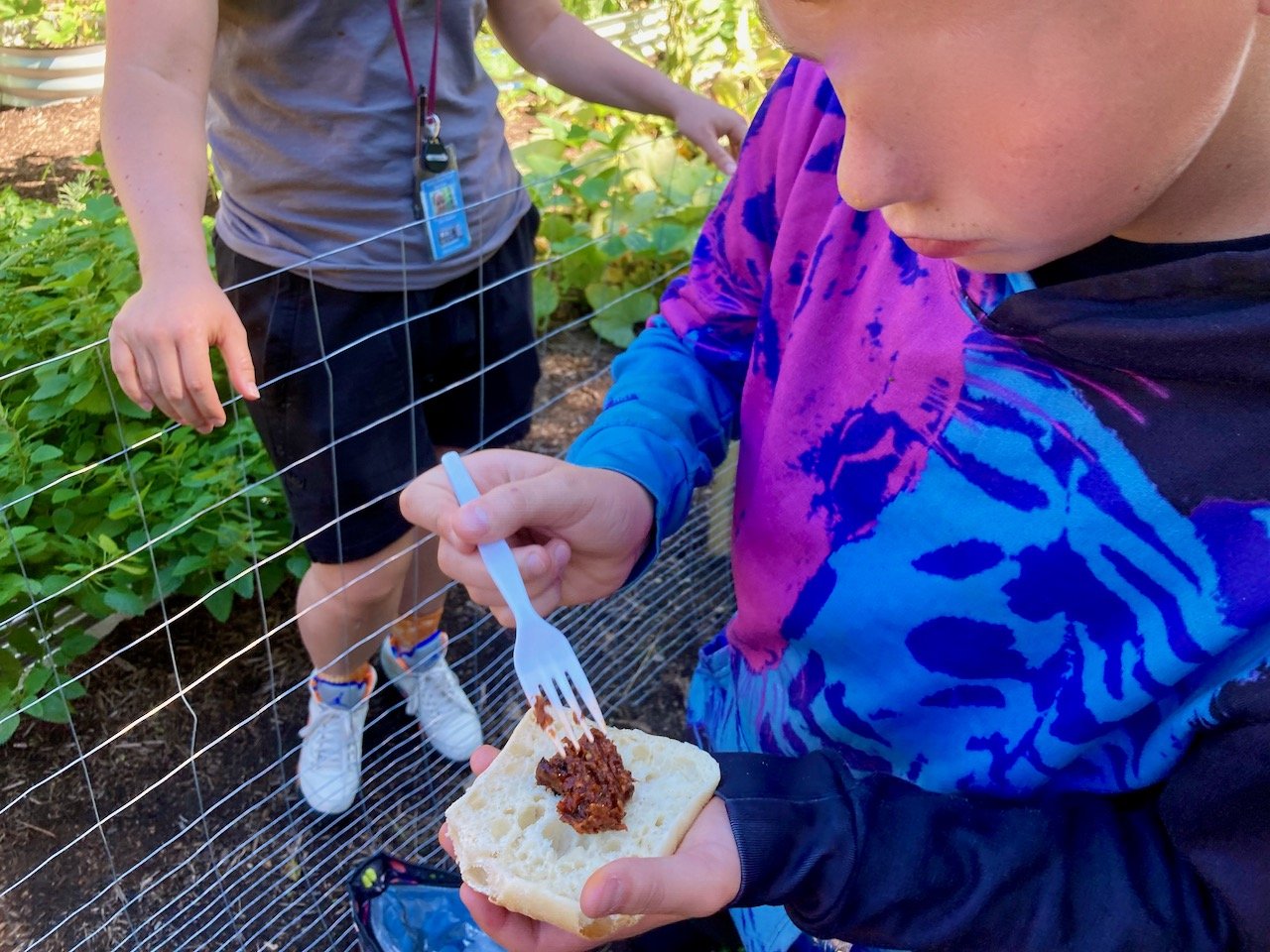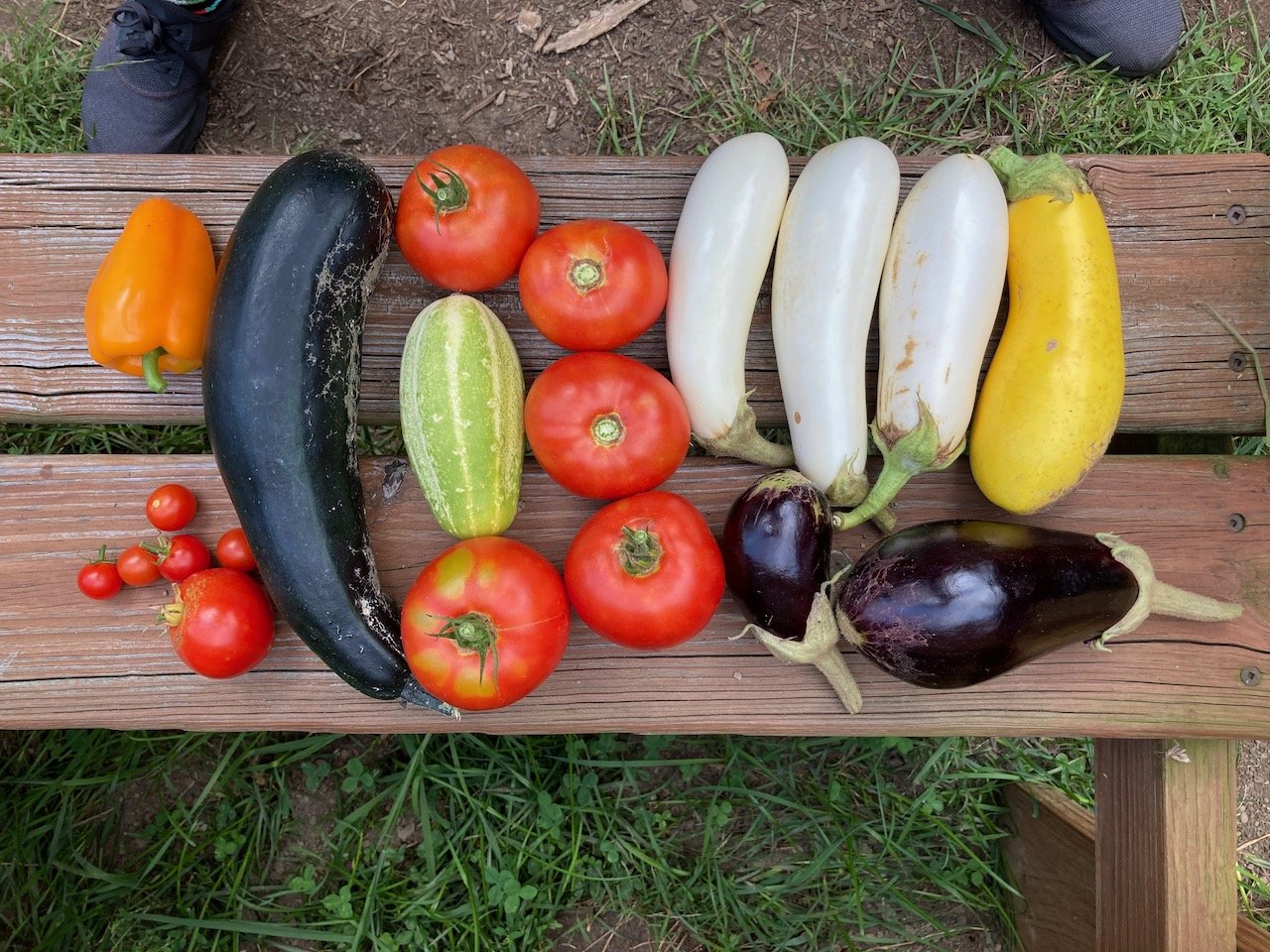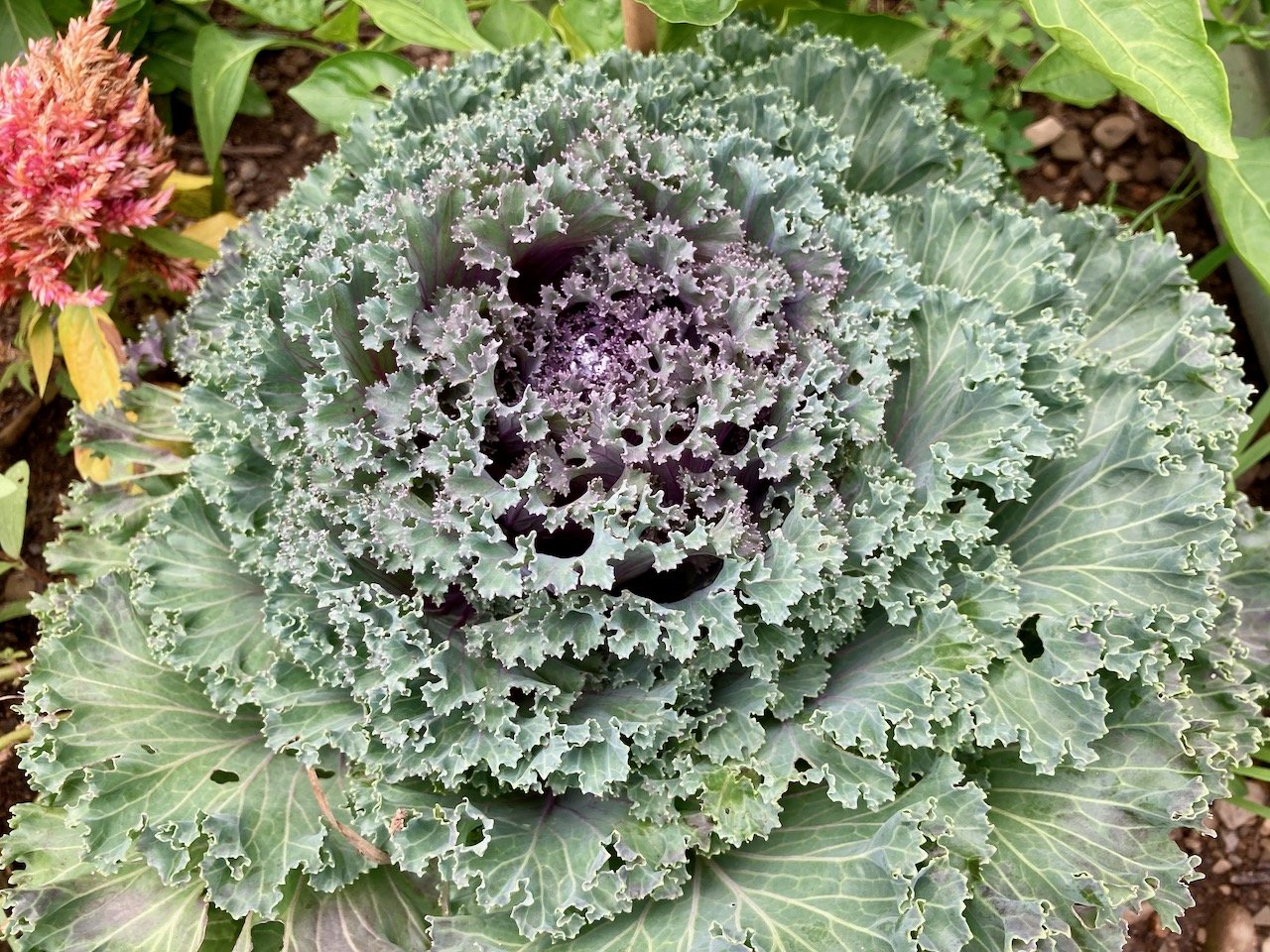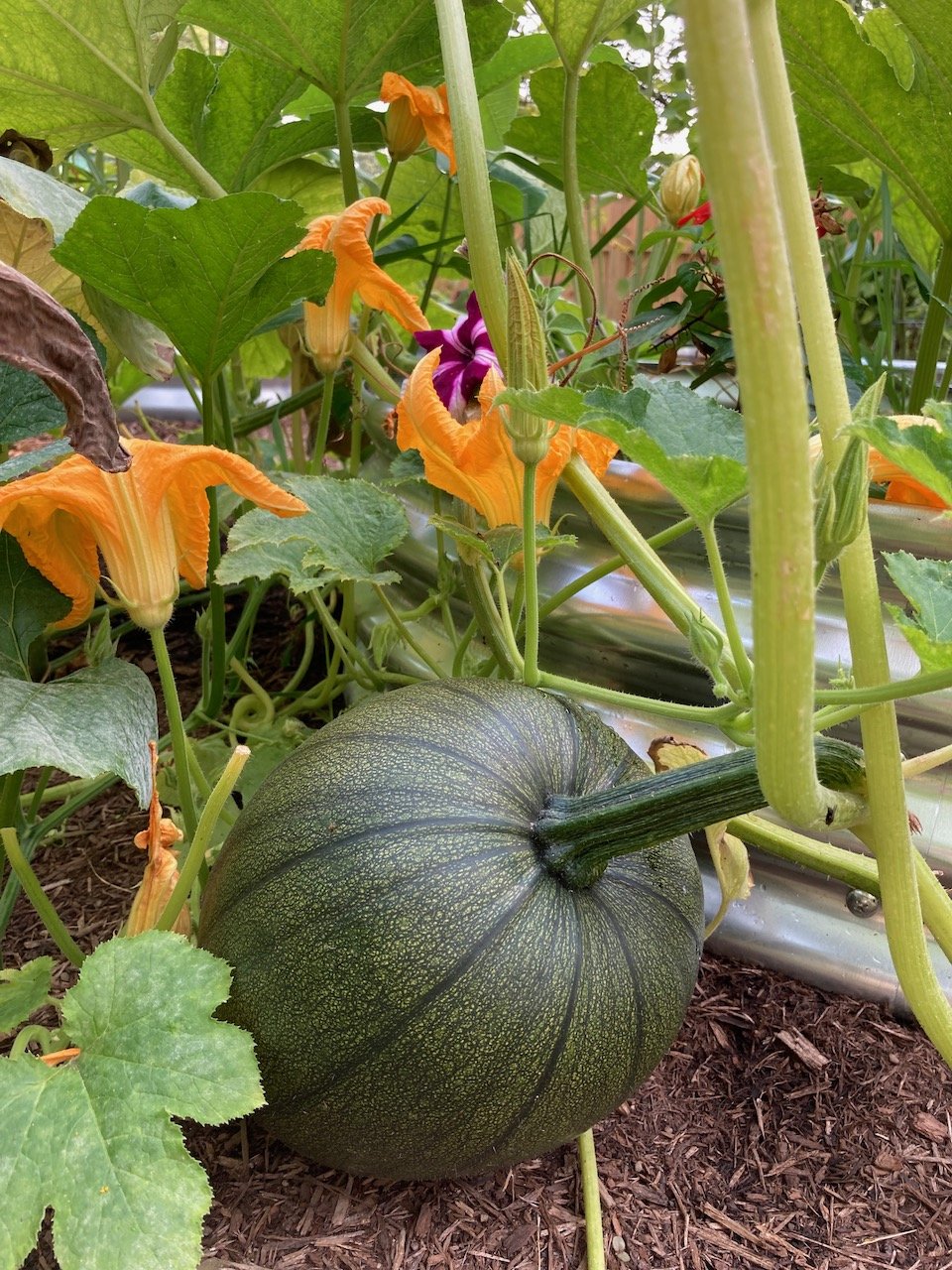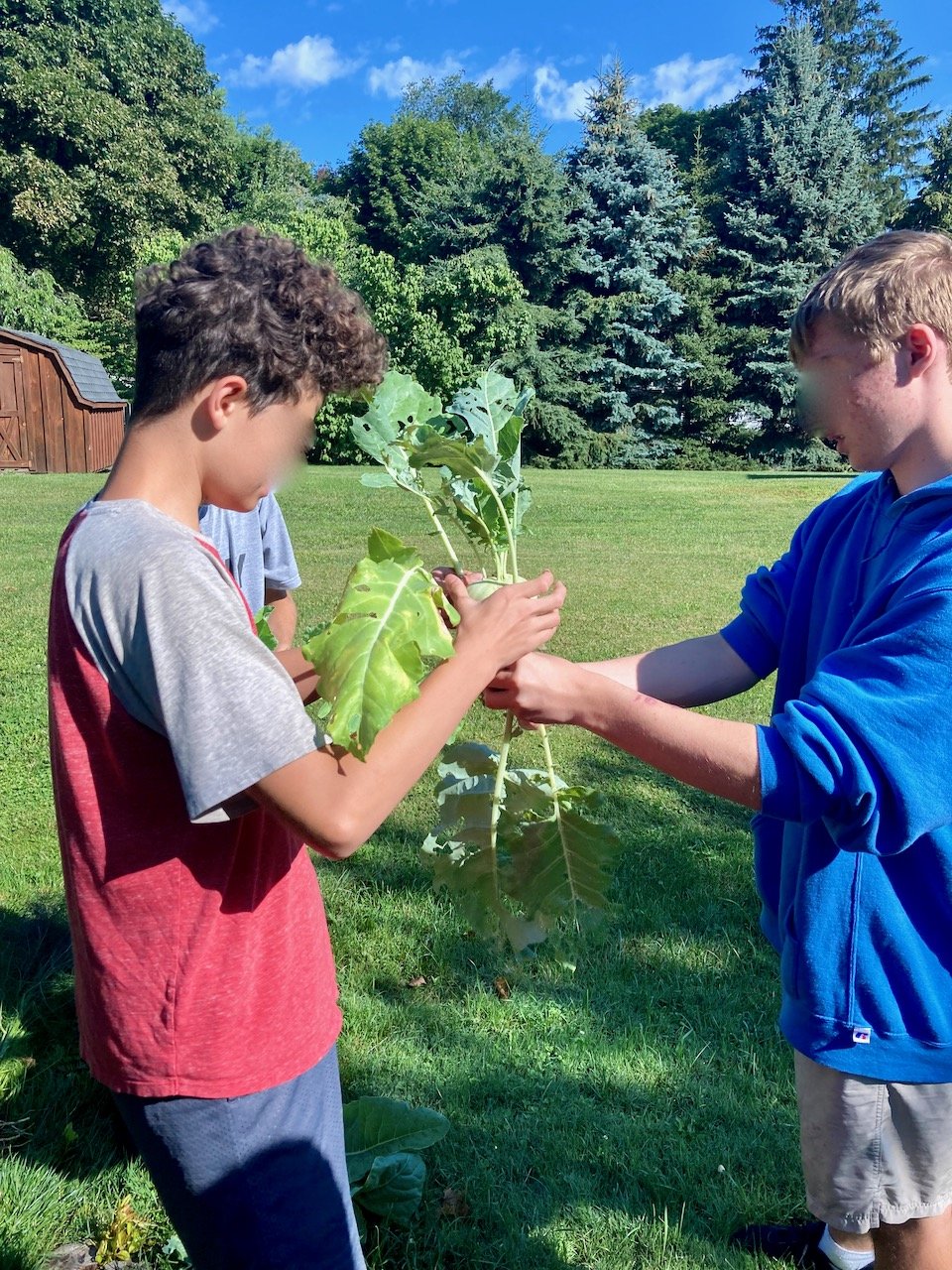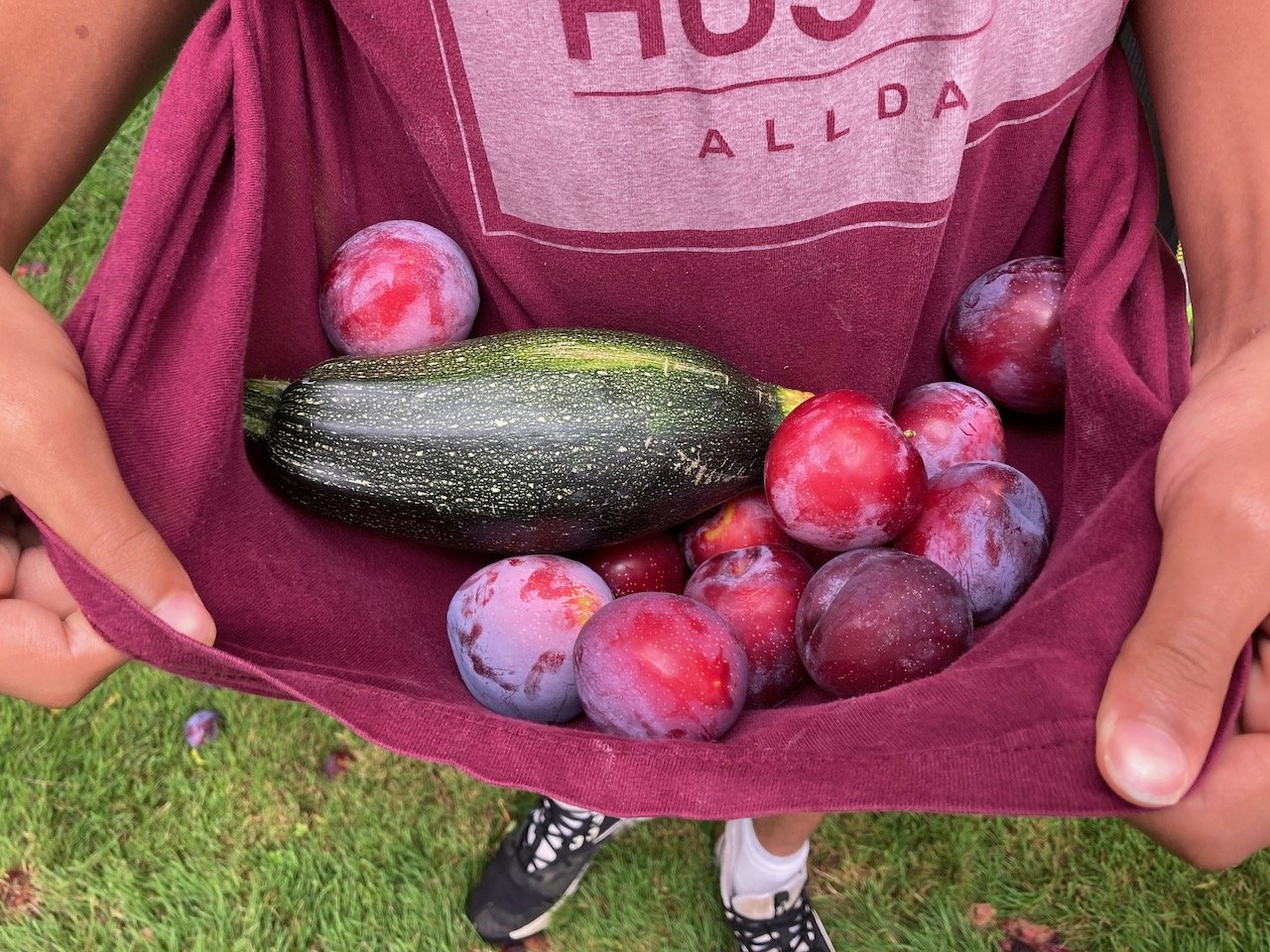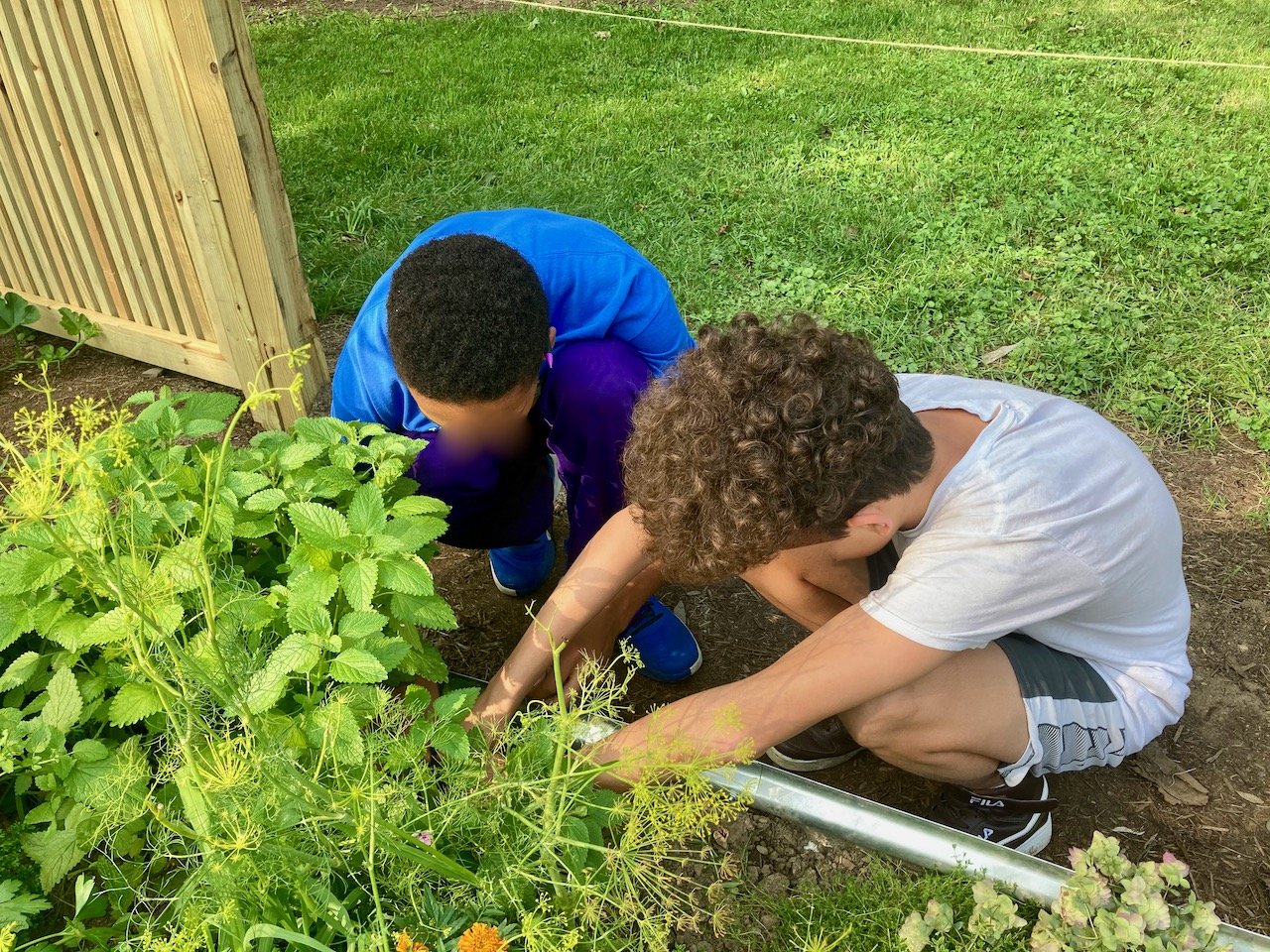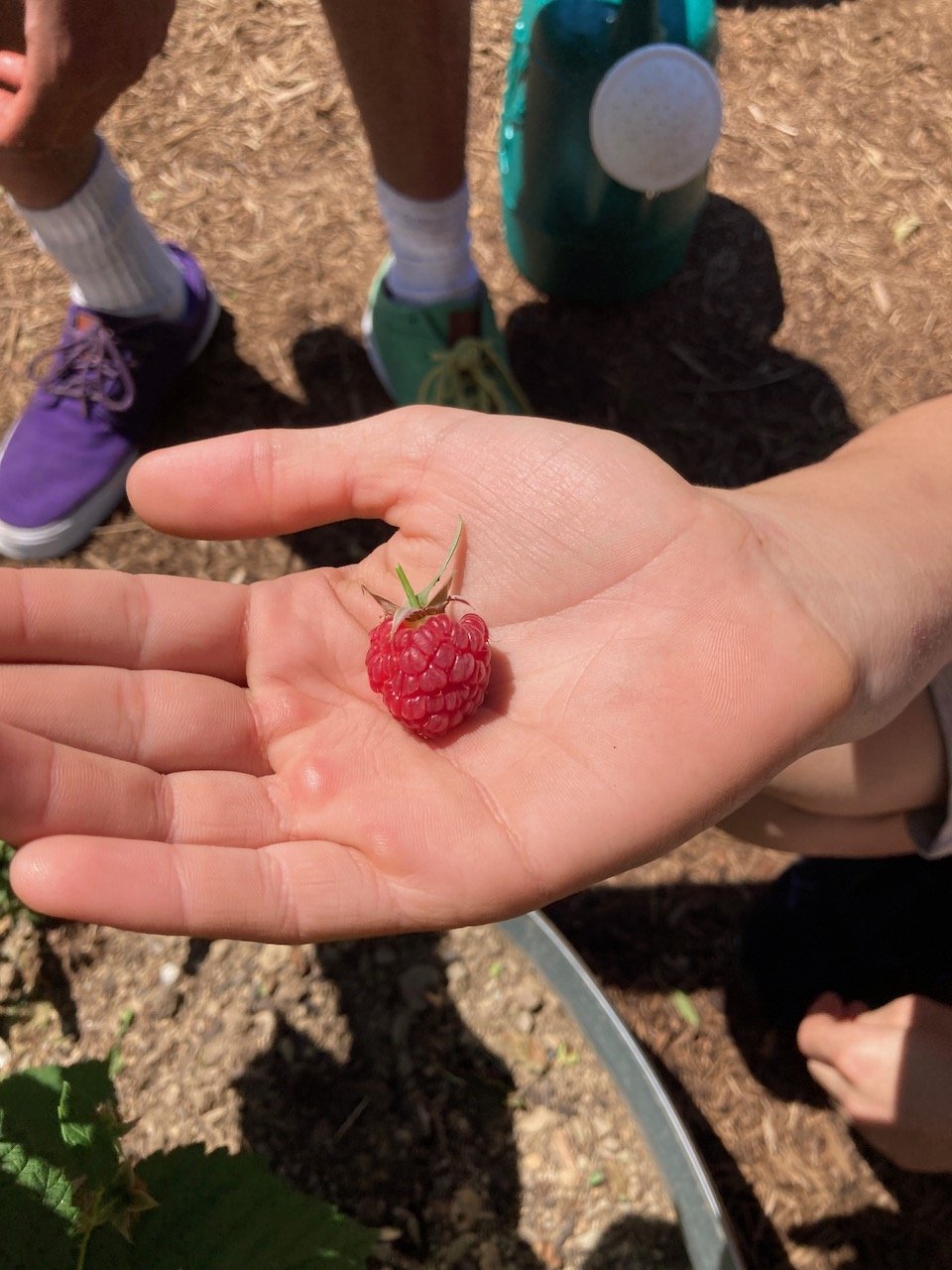Our Therapy Garden
By Erin Bastow, MS, LPC, NCC
“Adopt the pace of nature: her secret is patience”
Humans’ relationship to nature is simultaneously simple and complex. Complexity comes to play in the vast ways humans depend on nature and in the microscopic details of that relationship. Simplicity is revealed in the obvious connection. Put differently, humans are part of the natural world, not standing in opposition to it. However, as the human mind has allowed for technological progress and, arguably, the construction of easier ways of life, fewer humans spend time in tune with their natural surroundings. For generations, philosophers, writers, clinicians, etc. noted the importance of connection to nature for sound mental health. Whether the traditions of native peoples, the essays of nineteenth century transcendentalists, or the meditations of healers and therapists, the theme persists. The less time one spends in tune with the natural world, the more they risk mental and emotional strain.
Harborcreek Youth Services is dedicated to a trauma-informed treatment model. One of the common impacts of trauma is hypersensitivity to stimuli. Another is impaired connection, whether that be a damaged capacity for relationships or state of disconnection from life in general. Mindfulness and meditation practices have been implemented at HYS for years in individual and group formats to help kids learn to notice their bodies, their surroundings, find a sense of calm. Capacity for relationship is routinely addressed in all forms of therapy including family sessions, trauma resolution interventions, and groups targeting empathy and social skill exercises. Residents at HYS often begin treatment hesitant to address treatment goals. Their struggles with hypersensitivity and impaired connections are survival adaptations, adjustments that allowed them to endure or avoid traumatic events. A modality that addresses both goals without their adaptations feeling directly threatened, would be a grand step toward adopting healthier more sustainable practices. If such a step also immediately provided a much-needed human connection to nature, then all the better.
In the summer of 2021, the Therapy Garden was brought to life with the purpose of providing a natural space for residents to slow their days, learn to focus their minds and bodies on specific tasks, work as a team, care for other living entities, and make connection to nature a routine practice. The boys also learned the nutritional and mental health benefits of the produce and herbs. Many deliveries were made to our cafeteria staff, who graciously prepared dinner dishes from the harvested crops. Other volunteers did the same. Several boys discovered an interest in gardening and report it to be a habit they’ll continue after HYS. They eagerly contributed to the project while identifying feelings of relaxation, calm, happiness. It is now quite common for boys to request garden visits, to survey changes since their last session, and to speak about their experiences with others. Therapists report improved distress tolerance and self-esteem from clients who participate with the garden. There are too many benefits to this new therapeutic activity to describe here. They are both complex, and quite simple. We eagerly anticipate Therapy Garden 2022.
“People get dirty through too much civilization. Whenever we touch Nature, we get clean.”


